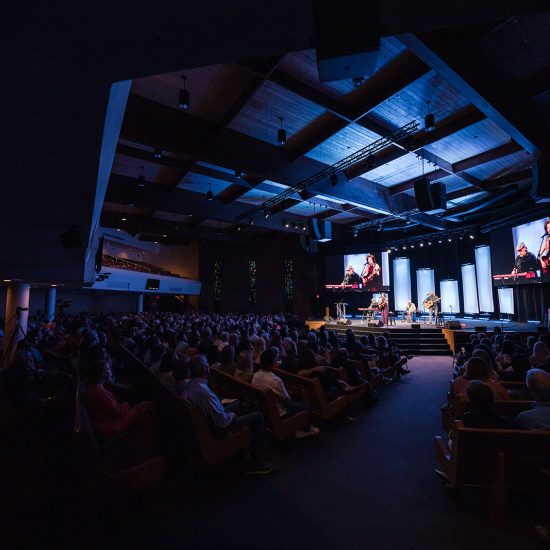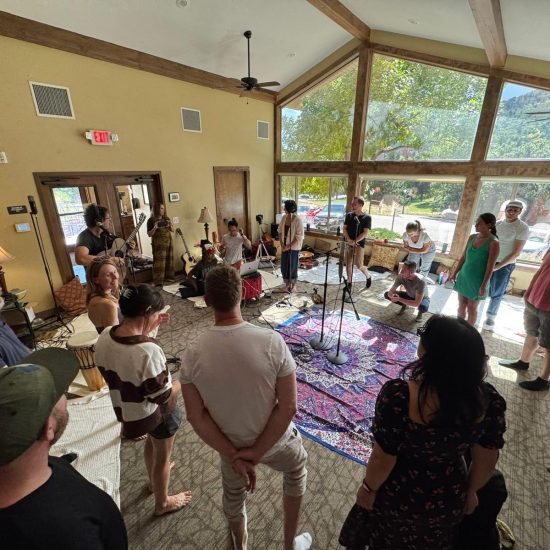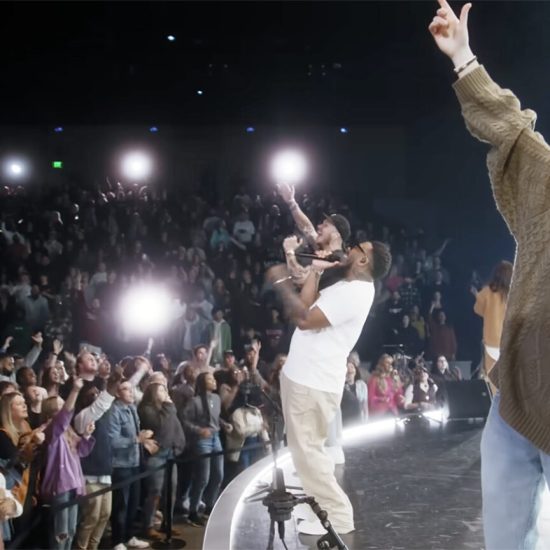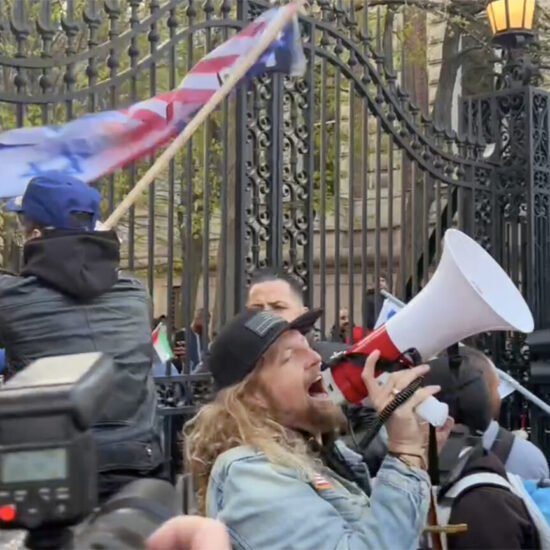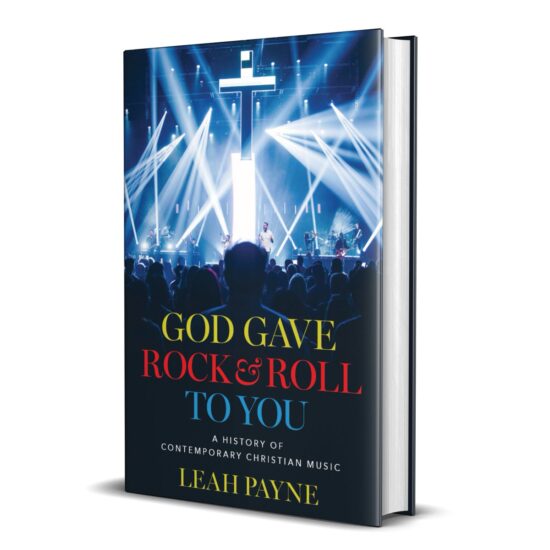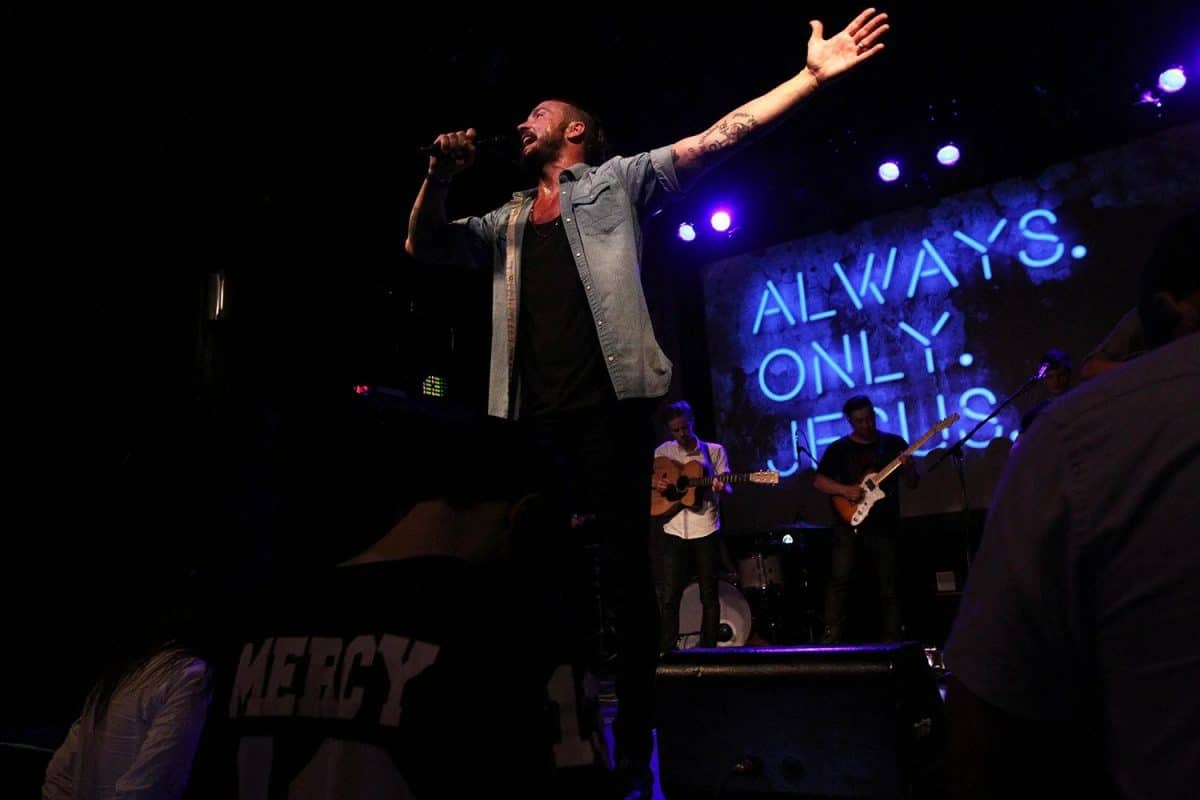
The story was a familiar one. A conflict with the pastor sent the parishioner looking for a new church. What made this circumstance unusual was the identity of the disaffected member: Justin Bieber. The celebrity singer went public with his complaints.
“I think so many pastors put themselves on this pedestal,” Bieber told GQ last year. “And it’s basically, church can be surrounded around the man, the pastor, the guy, and it’s like, ‘This guy has this ultimate relationship with God that we all want but we can’t get because we’re not this guy.’ That’s not the reality, though. The reality is, every human being has the same access to God.”
Bieber might have been referencing his former pastor, Carl Lentz. The singer had a very public break with Hillsong Church NYC in the wake of the pastor’s scandals. While Lentz’s extramarital affair dominated the headlines, his departure also brought reports of serial lying, narcissistic behavior, and a toxic church culture that worshiped celebrities and abused volunteers.
The temptation in writing about Hillsong is to tell a story about a church that conformed to the pattern of this world. The witness to the gospel got lost amid the designer clothes, appearances by famous people (like Selena Gomez, Nick Jonas, and others), and mostly glowing media coverage. In trying to be “seeker sensitive,” Hillsong compromised the substance of the Christian message. It succeeded in attracting people, but it offered them something that neither looked nor sounded like Jesus.
Whatever truth that account holds, it misses a key element of the narrative that makes the latest revelations about Hillsong different from the fall of Mark Driscoll’s Mars Hill and other prominent Christian implosions. The Hillsong saga isn’t just another verse in the same old song. HIllsong is set apart because it shows up every Sunday in churches across the world, impacting the theology of countless churchgoers.
Hillsong’s worldwide reach is largely due to the achievements of its music ministry. Following the breakthrough success of “Shout to the Lord,” Hillsong became a praise and worship juggernaut. Any list of top contemporary worship songs is going to include their hits like “Oceans (Where Feet May Fail),” “Hosanna,” or “The Stand.” You can’t turn on Christian radio, open up Spotify, or attend a contemporary worship service and not encounter Hillsong.
As one marketing expert noted, Hillsong used its musical success in “creating a vibrant, relevant worship experience that suits the needs of their target audience” and allowed the church to “build their global brand.” That led to rapid church multiplication, growing from a few dozen people meeting in Australia to churches across the globe.
They also exported that culture into sanctuaries around the world, which raises uncomfortable questions now. As more and more intense scandals rock the Hillsong movement, what is the relationship between the church and its music? Can Christians praise God with songs originating from such a corrupt source?
 In this edition of A Public Witness, we go deeper than our feet could ever wander into the scandal-plagued events surrounding Hillsong. We turn to our comfort, our shelter to ask whether other churches should be singing the fruit produced by this movement. Then we stand with our arms high and hearts abandoned to consider the role worship plays in Christian formation.
In this edition of A Public Witness, we go deeper than our feet could ever wander into the scandal-plagued events surrounding Hillsong. We turn to our comfort, our shelter to ask whether other churches should be singing the fruit produced by this movement. Then we stand with our arms high and hearts abandoned to consider the role worship plays in Christian formation.
NOTE: The rest of this piece is only available to paid subscribers of the Word&Way e-newsletter A Public Witness. Subscribe today to read this essay and all previous issues, and receive future ones in your inbox.

